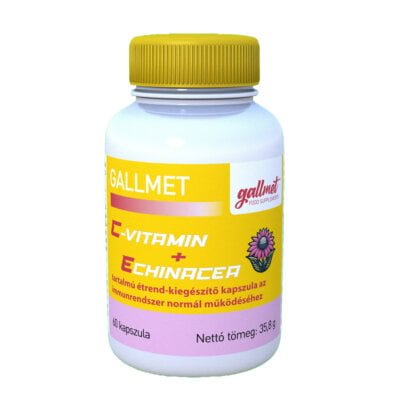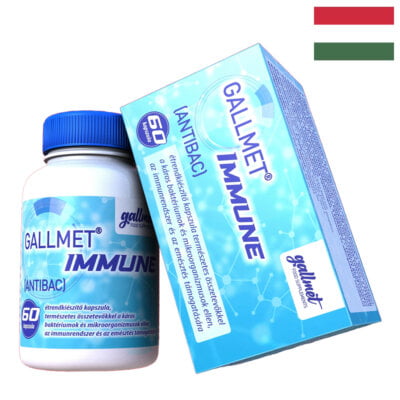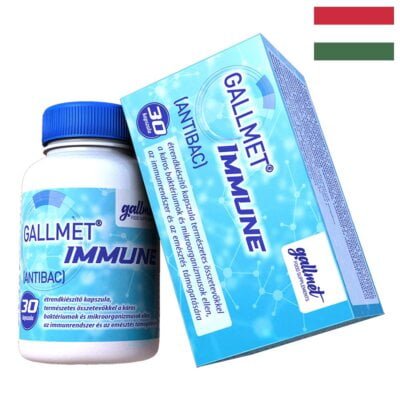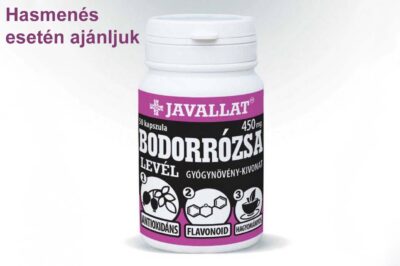Andrographis paniculata (Burm. f.) Wall. ex Nees: A Review of Ethnobotany, Phytochemistry, and Pharmacology

Download - PDF
Conclusion
The demand of AP is greatly increased in the past few years for its overwhelming therapeutic potentials. Available data on AP also clearly expresses a broad spectrum of pharmacological properties of this plant. Due to possessing extensive pharmacological activities, the AP can be safely regarded as one of the modern catholicons. However, the investigated pharmacological activities of AP need validation through the clinical study. Though several clinical studies were successfully completed without adverse effects or fatalities, most of them only investigated upper respiratory tract infections for a variety of conditions. Verification of the efficacy of other biological activities of AP including antidiabetic, anti- cancer, anti-inflammatory, and hepatoprotective activities, on human study subjects would bring a lot of benefi s for the largest population of the globe. We assume that the AP could be useful as highly applied therapeutic agents for a variety of disorders in the near future to cure human diseases as well as some animal diseases. To fulfill this dream, the researchers might focus on multiplication of this plant to meet commercial demand besides the pharmacology study. Tissue culture techniques might bea good alternative to make AP available for researches (i.e., pharmacological study and phytochemical study to find new bioactive compounds) as well as conservation of this plant.
Source: https://www.ncbi.nlm.nih.gov/pmc/articles/PMC4408759/
Proszę kliknąć ikonę [drukuj mnie], aby wydrukować stronę










